Residual vinyl tile adhesive on concrete – do I need to remove it ???
I am redoing our utility room, which had 12×12 vinyl tiles applied over a below-grade concrete basement floor with some kind of adhesive. The tiles came up rather easily, and some of the adhesive came up with them. But most of it is still left on on the concrete floor. It is kind of a bronzy-gold color, like Gulden’s Spicy Brown mustard (yum yum). Reminds me of the old Liquid Nails construction adhesive. The remaining adhesive is pretty thin, but it is really a pain to remove. I have tried scraping it off, I have tried sanding it off using a 4×24 belt sander with a 36 grit belt, and mechanical removal has not worked so great. Have not tried heat or chemicals, nor have I tried grinding it off.
But my question is this: Do I have to get my shorts in a knot over this remaining adhesive? I was thinking of putting down ceramic tile over a Schluter isolation membrane. The remaining adhesive film is quite thin and all too well attached.
So is it OK to proceed without completely removing this residue? Can provide images if anyone thinks they would help.
Thanks in advance for any help and advice …
Sandy Milford
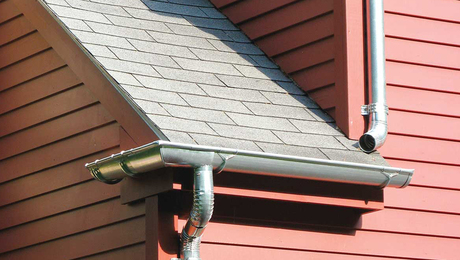
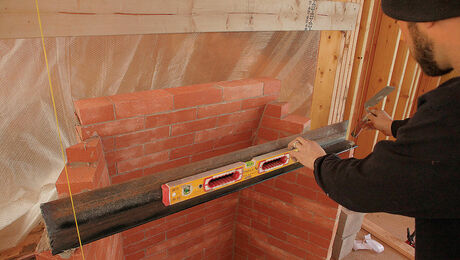


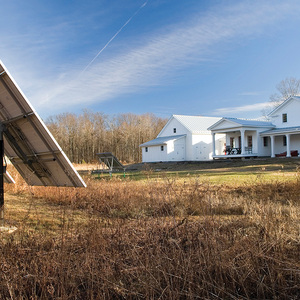
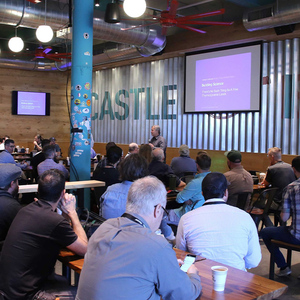







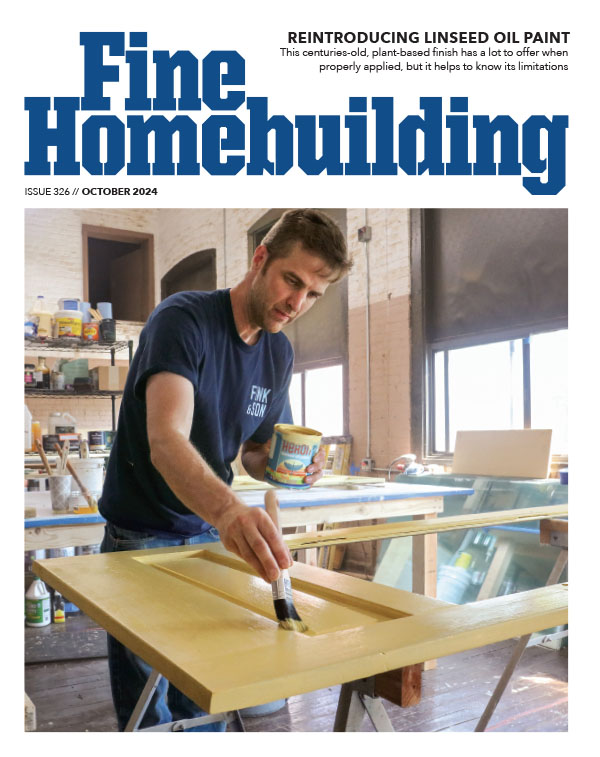





Replies
If you feel you need to remove it, either heat or chemicals will likely work. I've used both to reasonably good effect (aside from the blaring smoke detector).
skim it
If your bond of old adhesive (who knows what it is) is that tenacious, then you probably don't need to worry about it. IMO it's not worth the agony of the fumes or dust. I would recommend flat troweling the entire floor with latex modified thinset and let that completely set up (overnight is a good idea) before proceeding with your tile installation steps. Flat troweling is quick and easy...and cheap insurance for a good substrate bond.
You might question "what's the difference between flat trowling (skimming) versus going ahead with a regular bed coat for the isolation membrane." I feel that you get a better bond because skimming allows only a chemical bond betwen the old adhesive and the thinset; not the old adhesive and the isolation membrane. When it cures you begin the same process in reverse with a know compatible substrate. I believe this phenomena is similar to the theory of only applying cellular PVC glue to a single surface of two PVC components being glued together instead of putting the adhesvie on both at the same time. I don't know why the chemical reaction is different (I'm not a chemist), but they say it is. This is fundatmentally different, for example, than when you glue two pieces of wood together with alphatic resin adhesive (carpenters glue) where you can smear it on the faces of both materials being joined and get a superior bond.
Anyhow, you can check the next morning on your skim coat and see that hasn't reacted in any way with the old adhesive and that it is just as tenanious a bond as your old adhesive residue. If it is, then your good to go. If you're in doubt, you can start with a 2 sq ft trial area to test your leariness about having to remove TWO adhesives. If it does prove succesful, then you've just minimized any dissimilar chemical reactions between your decoupling membrane installation (which BTW, you'd just have to trust buried in your isolation membrane installation otherwise) and your old adhesive. I've used this skimming method over old adhesive (well bonded) for over 30 years with no failures. In fact I've seen billard balls bounce off some of the tiles I've installed in this manner over similarly prepared concrete slabs decades ago to no ill effect.
more questions about this
I've got cutback that's well-bonded, but asbestos, so options limited.
Has anyone here used Tavy thin-skin in these situations? Supposed to stick to anything and stay stuck. Then thin-set over that.
Alternately, what are the best modified thin-sets for use over cutback. A lot of them say that at most there should be only the faintest of cutback residues.
Thanks...
Latticrete if non water soluable cutback
Latticrete makes thinsets that are compatible for tiling over cut-back adhesives that aren't water-based. Use LATICRETE Floor N’ Wall thinset mortar mixed with laticrete 333 super flexible additive. You can check solubility of your cut back by placing soapy water on a small area and then agitate that area. If it dissolves the cutback, then don't tile over it. If it does dissolve it, then there's your answer to removing it.
Thanks!
Thanks--already know it is not dissolvable and that it contains asbestos (had it tested)